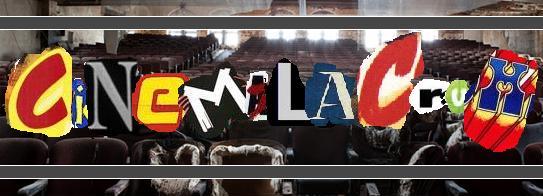Surface Tension, as the name suggests, concerns itself with the
way objects move on a surface with a varying degree of “film.” Scientifically speaking, the greater the
amount of film the more difficult it is for an object to move. In Hampton’s
film this is not the case, in fact, it is how he alters the film that allows
the material to move in an either slower or faster rate. It is only the sound that seems to move at a
consistent pace, but that, arguably, has nothing to do with film and exists on
its own plane of experience. Frampton
even went so far as to claim that the film was about three separate notions of
space, one being comedic, one scientific and a third being something in
between. With this in mind it helps
explain the three segments of the film, one involving a man talking whilst
standing next to a clock. With the sound
removed, we are left perplexed over the man’s discussion that is faster than
normal and only have the incessant ringing of a phone as comfort. The second section, the scientific portion of
the film, follows a camera fast forwarded through the streets as
incomprehensible German is dubbed over.
We are only able to pull worlds like “chocolat” from the man’s dialogue,
which is juxtaposed with incredibly murky water. The final section is of a fish in an aquarium
on the beach. The rate of the film is
normal this time as we watch the ebb and flow of the tide consume the tank, but
never take the fish. Simultaneously
words appear on the screen that have no coherent meaning, but appear to refer
to the film as a whole in some manner.
Neither comedic nor serious, this portion of the film is clearly the
hybrid of the previous portions, yet it is always affected by what Frampton has
done to intervene with the film stock.
Ultimately, the film is book-ended by crashing tides, perhaps suggesting
that no amount of intervention can stop surface tension, when the force is
greater than the film trying to interfere.
A deeply profound commentary on the entire state of filmmaking,
particularly considering it is a question film theorist haves struggled over for
almost a century. What Frampton does
with Surface tension, is definitively answer that question, or at least provide
a philosophical positing so grand that to overcome it would be to some extent
inconceivable.
For more information about Hollis Frampton or to find
information about Surface Tension, which was recently released as part of a new
Criterion box set called A Hollis Frampton Odyssey, click either of the images
below:






No comments:
Post a Comment